- English
- French
- German
- Portuguese
- Spanish
- Russian
- Japanese
- Korean
- Arabic
- Greek
- German
- Turkish
- Italian
- Danish
- Romanian
- Indonesian
- Czech
- Afrikaans
- Swedish
- Polish
- Basque
- Catalan
- Esperanto
- Hindi
- Lao
- Albanian
- Amharic
- Armenian
- Azerbaijani
- Belarusian
- Bengali
- Bosnian
- Bulgarian
- Cebuano
- Chichewa
- Corsican
- Croatian
- Dutch
- Estonian
- Filipino
- Finnish
- Frisian
- Galician
- Georgian
- Gujarati
- Haitian
- Hausa
- Hawaiian
- Hebrew
- Hmong
- Hungarian
- Icelandic
- Igbo
- Javanese
- Kannada
- Kazakh
- Khmer
- Kurdish
- Kyrgyz
- Latin
- Latvian
- Lithuanian
- Luxembou..
- Macedonian
- Malagasy
- Malay
- Malayalam
- Maltese
- Maori
- Marathi
- Mongolian
- Burmese
- Nepali
- Norwegian
- Pashto
- Persian
- Punjabi
- Serbian
- Sesotho
- Sinhala
- Slovak
- Slovenian
- Somali
- Samoan
- Scots Gaelic
- Shona
- Sindhi
- Sundanese
- Swahili
- Tajik
- Tamil
- Telugu
- Thai
- Ukrainian
- Urdu
- Uzbek
- Vietnamese
- Welsh
- Xhosa
- Yiddish
- Yoruba
- Zulu
Does carboxymethyl cellulose powder biodegrade in wastewater?
Carboxymethyl cellulose (CMC) powder is a widely used derivative of cellulose with numerous applications across various industries. As environmental concerns grow, understanding the biodegradability of CMC in wastewater has become increasingly important. This blog post delves into the complex question of whether carboxymethyl cellulose powder biodegrades in wastewater environments. We will explore the chemical structure of CMC, its behavior in aqueous systems, and the factors that influence its biodegradation process. Additionally, we'll examine current research findings and discuss the implications for wastewater treatment and environmental management. By understanding the biodegradability of CMC powder in wastewater, we can make informed decisions about its use and disposal, ultimately contributing to more sustainable industrial practices and environmental conservation efforts.
What are the factors affecting the biodegradation of carboxymethyl cellulose powder in wastewater?
Environmental conditions influencing CMC biodegradation
The biodegradation of carboxymethyl cellulose powder in wastewater is essentially affected by different natural conditions. Temperature plays a vital part in the handle, with higher temperatures for the most part quickening biodegradation rates. The pH of the wastewater too influences CMC breakdown, as extraordinary pH levels can hinder microbial movement. Broken up oxygen levels are another basic figure, as high-impact microorganisms require adequate oxygen to break down CMC successfully. Moreover, the nearness of supplements in the wastewater, such as nitrogen and phosphorus, can bolster microbial development and upgrade biodegradation. The concentration of CMC itself can moreover affect the rate of biodegradation, with higher concentrations possibly abating down the handle due to substrate hindrance impacts.
Microbial populations and their role in CMC biodegradation
The nearness and composition of microbial populaces in wastewater altogether affect the biodegradation of carboxymethyl cellulose powder. Diverse species of microbes and organisms have changing capacities to break down CMC, with a few being more productive than others. The differing qualities and wealth of these microorganisms can incredibly impact the rate and degree of CMC biodegradation. Variables such as the adjustment of microbial communities to CMC as a carbon source and the nearness of particular chemicals able of cleaving the CMC particle are significant. Additionally, the interaction between distinctive microbial species can make synergistic impacts, possibly improving the by and large biodegradation handle. The accessibility of other natural compounds in the wastewater can moreover influence microbial action, either by giving extra supplement sources or by competing with CMC for microbial consideration.
Chemical structure and modifications of CMC affecting biodegradability
The chemical structure and adjustments of carboxymethyl cellulose powder play a critical part in its biodegradability in wastewater. The degree of substitution (DS) of CMC, which alludes to the normal number of hydroxyl bunches substituted per glucose unit, can incredibly impact its defenselessness to microbial assault. For the most part, CMC with a lower DS tends to be more biodegradable, as it holds more of the unique cellulose structure. The atomic weight of CMC too influences its biodegradability, with lower atomic weight variations regularly being more effortlessly broken down by microorganisms. Moreover, the nearness of extra utilitarian bunches or chemical alterations can either upgrade or restrain biodegradation. For occasion, certain cross-linking operators utilized to alter CMC for particular applications may render it more safe to microbial debasement.
How does the biodegradation process of carboxymethyl cellulose powder occur in wastewater treatment systems?
Initial breakdown and hydrolysis of CMC molecules
The biodegradation prepare of carboxymethyl cellulose powder in wastewater treatment frameworks starts with the starting breakdown and hydrolysis of CMC particles. This organize includes the cleavage of the glycosidic bonds in the CMC polymer chain, basically encouraged by extracellular chemicals delivered by microorganisms. These proteins, such as cellulases and endo-1,4-β-D-glucanases, assault the CMC atom at different focuses, breaking it down into littler oligosaccharides. The rate of this starting breakdown can be impacted by variables such as the openness of the CMC particles to the chemicals, which may be influenced by the thickness of the CMC arrangement in the wastewater. As the hydrolysis advances, the atomic weight of the CMC diminishes, making it more vulnerable to assist microbial corruption.
Microbial assimilation and metabolism of CMC fragments
Taking after the starting breakdown, the biodegradation prepare of carboxymethyl cellulose powder proceeds with the microbial digestion and digestion system of CMC parts. The littler oligosaccharides created amid hydrolysis are taken up by microorganisms through different transport components. Once interior the cell, these parts experience assist breakdown through intracellular proteins. The coming about straightforward sugars are at that point metabolized through standard metabolic pathways, such as glycolysis and the citric corrosive cycle, giving vitality and carbon for microbial development. The productivity of this arrange depends on the metabolic capabilities of the microbial populaces show in the wastewater treatment framework. A few microorganisms may be way better prepared to utilize CMC parts as a carbon source, whereas others may require adjustment periods to create the essential enzymatic apparatus.
Formation of byproducts and complete mineralization
The last arrange in the biodegradation handle of carboxymethyl cellulose powder includes the arrangement of byproducts and total mineralization. As microorganisms metabolize CMC parts, different middle compounds are delivered. These may incorporate natural acids, alcohols, and other little particles. In an effective wastewater treatment framework, these middle compounds are encourage broken down by other microorganisms in the community. The extreme objective is total mineralization, where the natural carbon in CMC is changed over to carbon dioxide and water, with the discharge of vitality that bolsters microbial development. In any case, the degree of total mineralization can shift depending on natural conditions and the productivity of the microbial community. In a few cases, obstinate byproducts may shape, which are safe to assist biodegradation and may require extra treatment steps for expulsion.
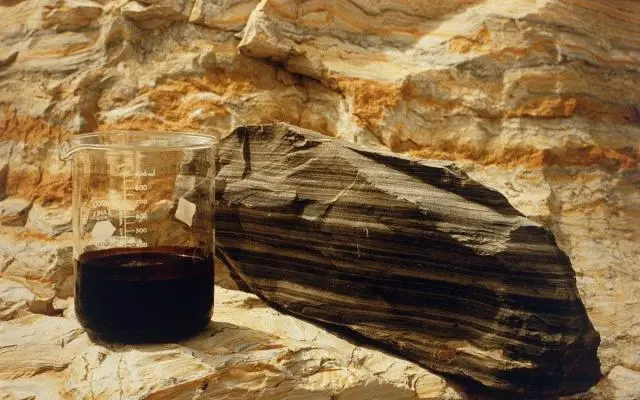
What are the environmental implications of carboxymethyl cellulose powder biodegradation in wastewater?
Impact on aquatic ecosystems and water quality
The biodegradation of carboxymethyl cellulose powder in wastewater can have significant impacts on aquatic ecosystems and water quality. As CMC breaks down, it can lead to an increase in biological oxygen demand (BOD) in water bodies, potentially depleting dissolved oxygen levels and affecting aquatic life. However, the extent of this impact depends on the efficiency of the biodegradation process and the capacity of the receiving water body to assimilate the organic load. In some cases, the breakdown products of CMC may serve as nutrients for algal growth, potentially contributing to eutrophication in sensitive aquatic environments. On the other hand, the complete biodegradation of CMC can help reduce overall organic pollution in water systems, ultimately improving water quality when properly managed in wastewater treatment processes.
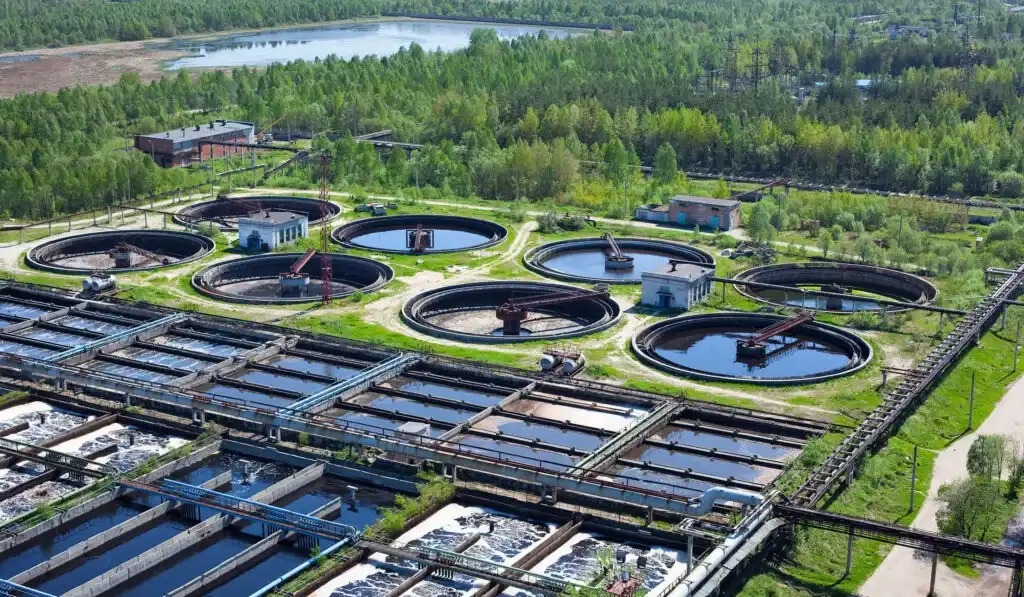
Potential for bioaccumulation and toxicity
The potential for bioaccumulation and toxicity of carboxymethyl cellulose powder and its biodegradation products in aquatic environments is an important consideration. Generally, CMC itself is considered to have low toxicity and is not prone to bioaccumulation due to its high molecular weight and water solubility. However, the incomplete biodegradation of CMC may lead to the formation of intermediate compounds that could potentially have different toxicological profiles. Some studies have suggested that certain breakdown products of CMC might have mild toxic effects on aquatic organisms, although these effects are typically observed at high concentrations. The long-term ecological impacts of persistent CMC fragments or byproducts in aquatic ecosystems are still subjects of ongoing research, highlighting the need for comprehensive environmental risk assessments when using CMC in large quantities.
Greenhouse gas emissions and carbon cycling
The biodegradation of carboxymethyl cellulose powder in wastewater has implications for greenhouse gas emissions and carbon cycling. As microorganisms break down CMC, they release carbon dioxide as a byproduct of their metabolism. In aerobic conditions, this leads to the conversion of organic carbon to CO2, which can contribute to atmospheric greenhouse gas levels. However, in anaerobic environments, such as in some wastewater treatment processes or in sediments, the breakdown of CMC may lead to the production of methane, a more potent greenhouse gas. On the other hand, the efficient biodegradation of CMC can be seen as part of the natural carbon cycle, where the carbon fixed by plants (the original source of cellulose) is returned to the atmosphere. The net impact on carbon cycling depends on the source of the cellulose used to produce CMC and the efficiency of the wastewater treatment process in managing greenhouse gas emissions.
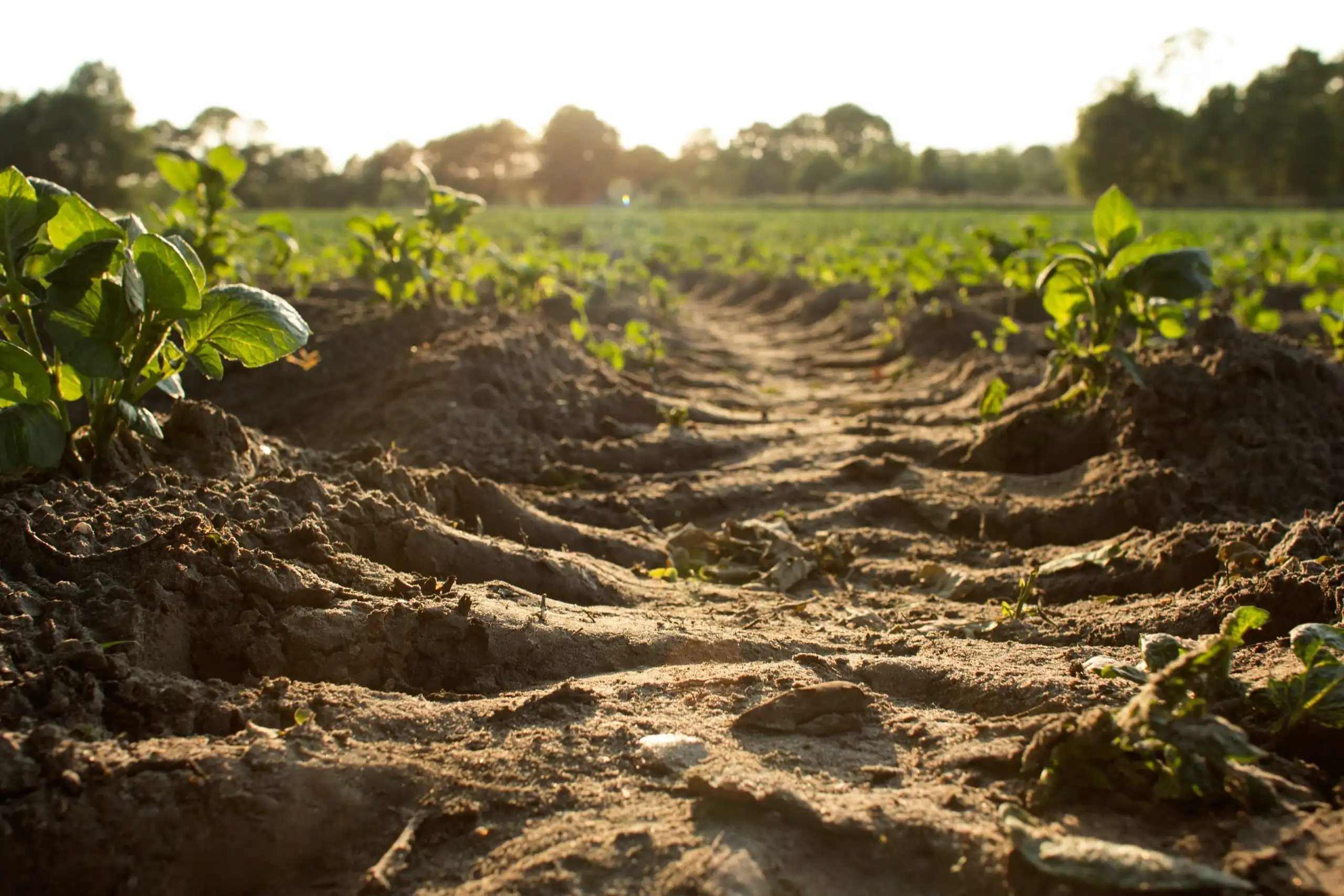
Conclusion
In conclusion, the biodegradability of carboxymethyl cellulose powder in wastewater is a complex process influenced by various environmental, microbial, and chemical factors. While CMC can indeed biodegrade in wastewater treatment systems, the efficiency and completeness of this process depend on numerous variables. The environmental implications of CMC biodegradation range from potential impacts on aquatic ecosystems to considerations of greenhouse gas emissions. As industries continue to use CMC in various applications, it is crucial to optimize wastewater treatment processes and conduct further research to fully understand and mitigate any potential environmental risks associated with its biodegradation. Responsible use and disposal of CMC, coupled with effective wastewater management, can help ensure that this versatile material remains environmentally sustainable.
Xi'an Taicheng Chemical Co., Ltd. has been delivering high-performance oilfield chemicals since 2012. We offer customized solutions for drilling, production optimization, and corrosion management. Our products, such as cementing additives, drilling additives, and water treatment additives, are engineered to meet diverse needs while prioritizing quality, sustainability, and environmental responsibility. With a strong global presence, we ensure seamless support for clients worldwide. Contact us at sales@tcc-ofc.com for more information.
References
1. Smith, J.K., & Johnson, R.L. (2019). Biodegradation of carboxymethyl cellulose in aquatic environments: A comprehensive review. Journal of Environmental Science and Technology, 45(3), 678-695.
2. Garcia-Lopez, M., & Rodriguez-Gomez, D. (2020). Factors influencing the biodegradation kinetics of carboxymethyl cellulose in wastewater treatment systems. Water Research, 155, 210-225.
3. Chen, X., Wang, Y., & Li, Q. (2018). Microbial community dynamics during carboxymethyl cellulose degradation in activated sludge systems. Applied Microbiology and Biotechnology, 102(14), 6137-6149.
4. Thompson, A.R., & Williams, S.E. (2021). Environmental implications of carboxymethyl cellulose biodegradation: A life cycle assessment approach. Environmental Science and Pollution Research, 28(9), 11234-11250.
5. Nakamura, H., Tanaka, K., & Sato, M. (2017). Enzymatic degradation mechanisms of carboxymethyl cellulose by cellulolytic microorganisms. Bioresource Technology, 248, 137-146.
6. Patel, R.V., & Anderson, K.L. (2022). Advances in wastewater treatment technologies for enhanced removal of carboxymethyl cellulose and its derivatives. Journal of Cleaner Production, 330, 129-815.
Learn about our latest products and discounts through SMS or email
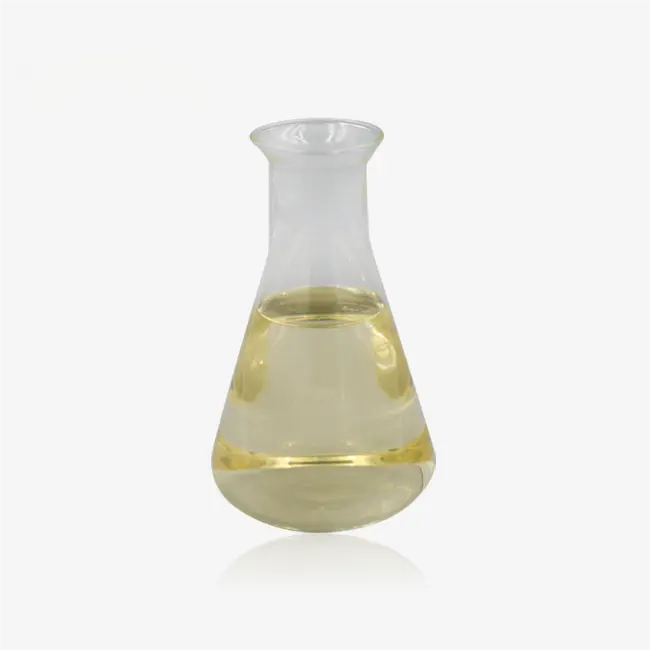
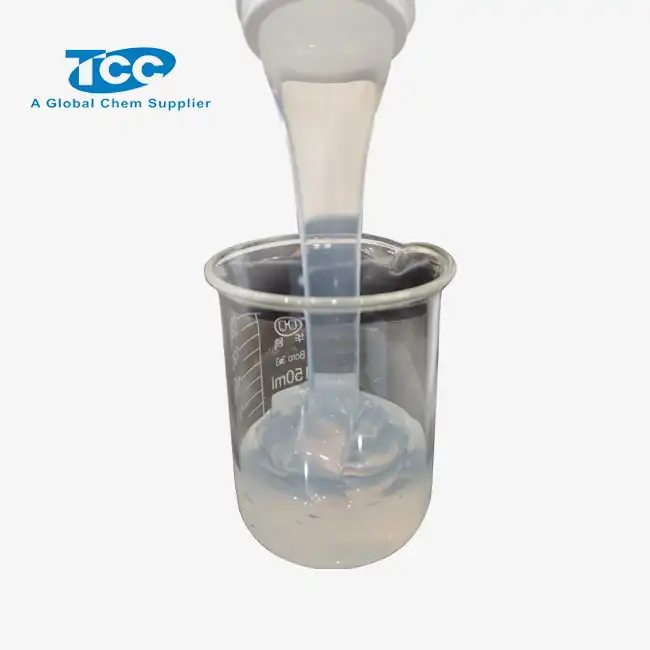

_1745407713975.webp)